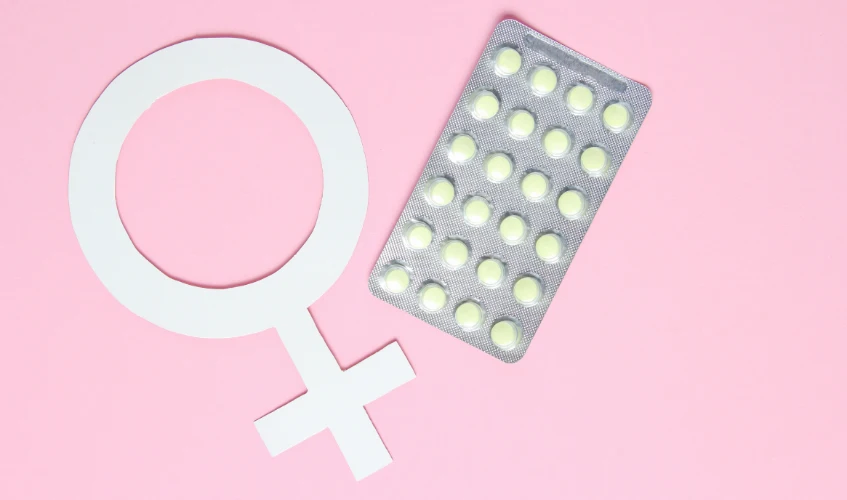Women’s bodies are highly controlled by the specific hormones that majorly affect their periods, pregnancy and other feminine mechanisms. These hormonal changes are among the major seasonal depression causes and many sensitive situations like premenstrual syndrome; moreover, menopause is directly associated by a certain level of hormones. That’s why there are some best prenatal vitamins and best PMS supplements for women in the market to cope with such mood swings caused by these hormonal changings.
Hormone therapy for women (HRT) is an authenticated treatment for older women who have to deal with the hot flashes, mood swings and vaginal dryness during menopause. It is also referred to as women’s hormone replacement therapy because it involves boosting your hormones (estrogen and progesterone) to relieve the tough symptoms of menopause like night sweats, insomnia and hot flashes.
Please read this complete all-round guide about hormone replacement testing, therapy, its types and possible side effects of women’s hormone replacement treatment.
What Is Hormone Replacement Therapy (HRT)?
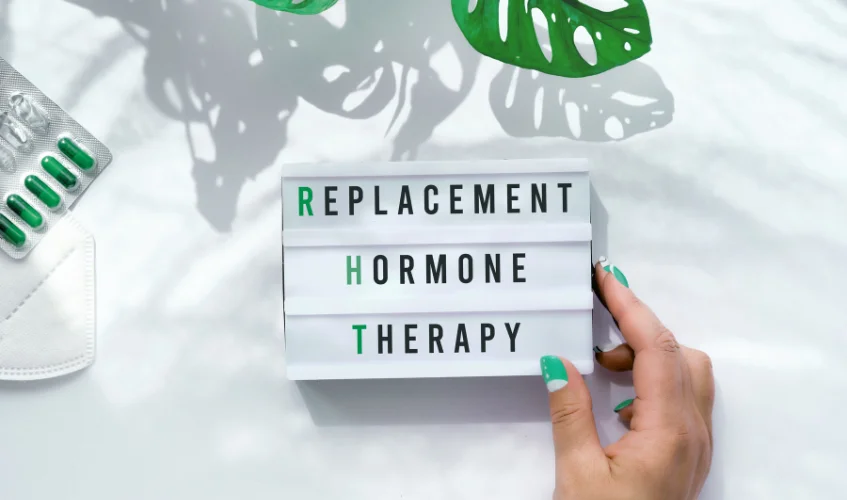
Hormone Replacement Therapy (HRT) is a medical technique to replace the certain hormones (estrogen and progesterone) whose low levels cause the major symptoms of menopause – hot flashes, mood swings and vaginal dryness etc. The major purpose of HRT is to restore the level of estrogen and progesterone before the menopause, so there would not be some obvious menopause symptoms like hot flashes, vaginal dryness and insomnia.
What Are Different Types of Hormone Therapy for Women?
There are two major hormone replacement therapy types involved in a proper women’s hormone replacement treatment:
Estrogen Therapy (ET)
Estrogen Progesterone / Progestin Hormone Therapy (EPT)
1. Estrogen Therapy (ET)
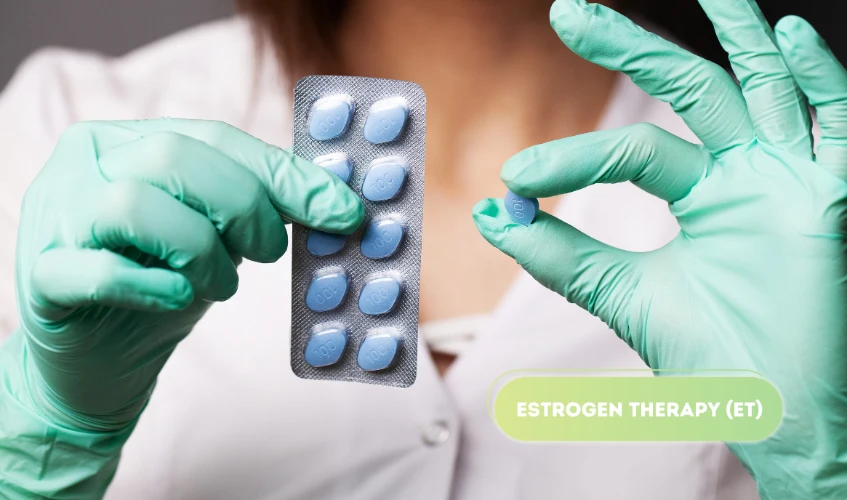
First type of Hormone Replacement Therapy (HRT) for women is Estrogen Therapy (ET). This therapy involves the boosting of Estrogen levels. A certain amount of Estrogen is prescribed by the doctor after a thorough checkup and then that amount of Estrogen is taken via pill or vaginal patch. There are many other forms available in the market. You can also intake Estrogen via nasal spray, skin gel, vaginal creams and vaginal ring etc.
2. Estrogen Progesterone / Progestin Hormone Therapy (EPT)
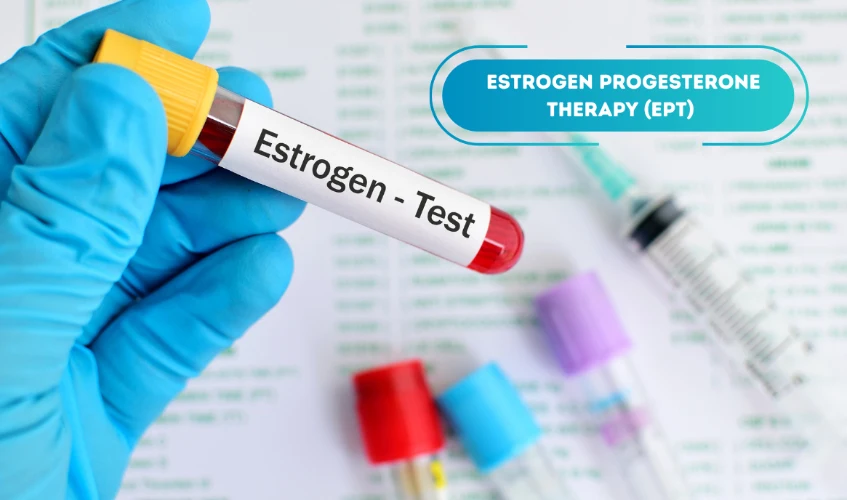
In this second type of women’s Hormone Replacement Therapy (HRT), both Estrogen and Progestin are supposed to be boosted. This specific type of women’s hormone replacement treatment is for those women whose uterus has not been removed so far and they are in danger of having endometrial cancer. So, they should intake Progestin as well as Estrogen. They can take Progestin via vaginal suppositories, intrauterine system, pills and vaginal patches etc.
Is Hormonal Therapy Safe?
There are many herbal medicine benefits in a complete Hormone Therapy. For most women it is safe as it is just about boosting the levels of those hormones that are already present in women’s bodies; however, there are some limits to everything. Several doctors claim that the HRT is safe for 2-5 years. Once you have been gone with HRT for straight 5 years and there have not been any menopause symptoms alleviations, then HRT may not be beneficial for you and you may face some hormone therapy side effects if you keep going with HRT.
What Are the Negative Effects of Hormone Therapy?
Some of the possible negative effects are listed below:
- You may face some breast soreness after Estrogen Therapy.
- Some pills of HRT may cause you some headache.
- Some of the Progestin Hormone Therapy techniques may cause you mood swings.
- Some of the HRT pills may cause nausea to some women.
- Some specific women may face irregular bleeding during their menopause because of hormone therapy treatment.
- Mood swings, monthly bleedings, irregular spotting, gallstone problems and dementia possibilities are among rare negative effects for some women.
What Are the Signs that You Need Hormone Replacement Therapy?
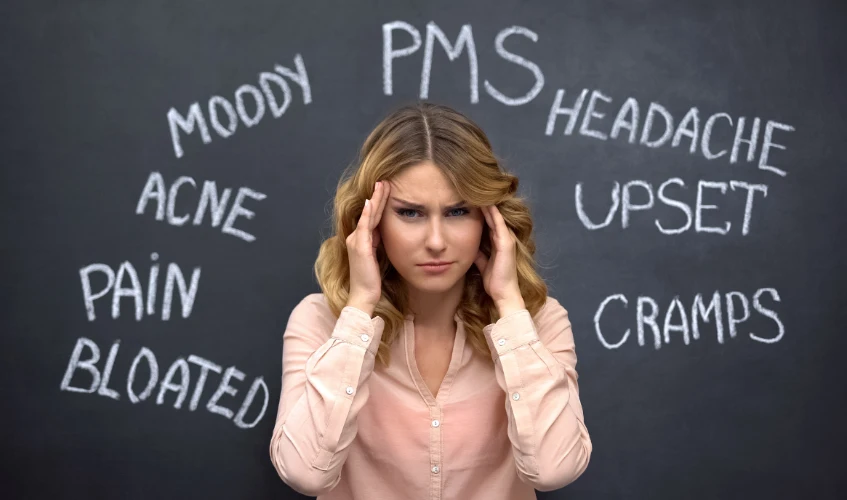
There are some obvious signs that indicate that you surely need a women’s hormone testing and if you are closer to menopause then you must go for the women’s hormone replacement treatment. HRT is needed if:
- You have begun to feel the vaginal itching and burning in your vagina.
- You no longer have a sex drive.
- You may face some night sweats.
- You have some severe mood swings in your recent months.
- You have started to feel hot flashes.
- You may have some incontinence conditions.
- You may have some insomnia symptoms like poor attention and poor memory.
When Should a Woman Start Hormone Therapy?
As soon as a woman crosses her late 30s, she should be going with the women’s hormone testing to check the levels of estrogen and progesterone because low levels of these two hormones cause so much trouble during menopause.
As soon as these two hormone levels are tested, if the levels of these two hormones are lower than the ideal number, that woman should immediately start consulting with her doctor about Hormone Replacement Therapy. A family doctor may suggest the best possible time to start a full fledged hormone replacement treatment after complete women’s hormone testing. If you are about to hit 40, kindly search for “hormone replacement therapy near me”.


